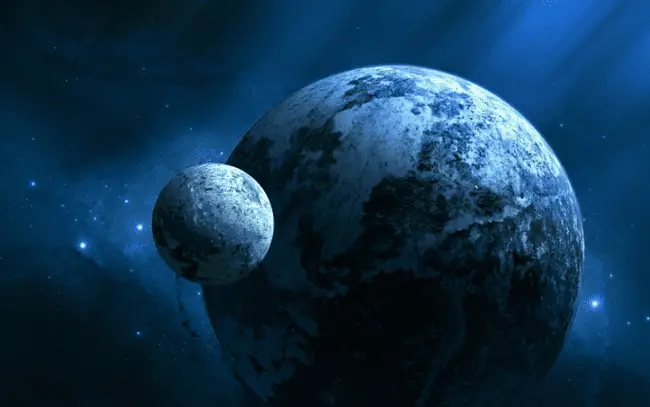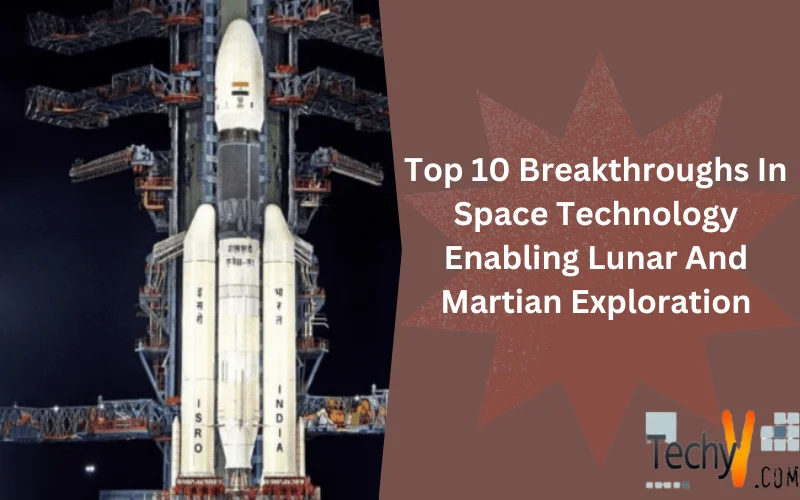Science fiction works frequently draw inspiration from Mars. Mars is a popular source of inspiration for science fiction. It is well-known and thoroughly researched, yet strange and remote enough to inspire extraterrestrial adventures. For many of the same reasons, NASA has set its eyes on the Red Planet. Robots inform us about life on the surface, such as the Perseverance rover that will shortly land on Mars. Future human trips to the Red Planet can benefit from this information. The drive to discover new space technologies and explore the cosmos consumed scientists throughout the 20th century. And with good cause! We can learn more about the cosmos by exploring other planets, which will help us comprehend our own.
1. The Parker Probe To The Sun
To conduct measurements of the Sun’s outer corona, NASA launched the Parker Solar Probe in 2018. By 2025, it will move as fast as 690,000 km/h (430,000 mph) or 0.064% the speed of light at its closest approach, coming within 9.86 solar radii of the Sun’s core. It is the quickest thing that humanity has ever created.
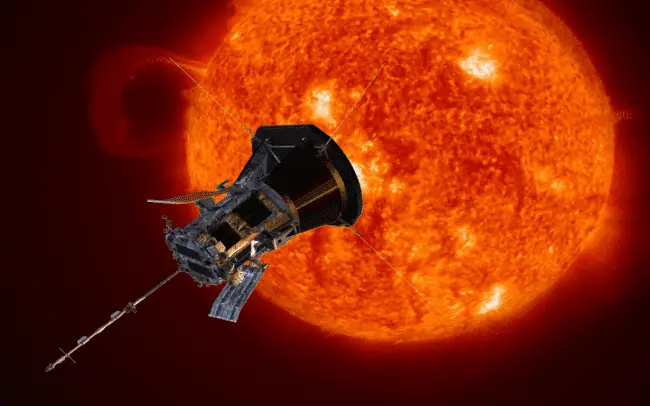
2. Voyager Probes
The Voyagers are still in use as of 2023, beyond the heliosphere’s outer limit in interstellar space. They gather and send important information to Earth. Voyager surprised everyone, saw unexpected sights, and made a commitment to outlive its creators. They collect everything from Jupiter’s storm patterns to Saturn’s rings using measurements of magnetic fields and photos.
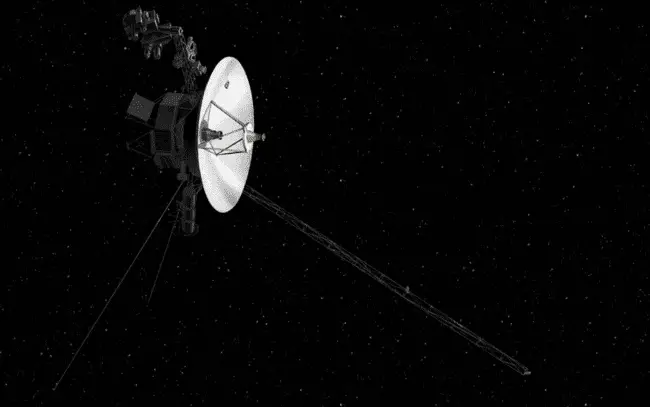
3. New Horizons Pluto
The first spacecraft to examine Pluto up close was NASA’s New Horizons, which passed by the dwarf planet and its satellites on 14 July 2015. In early 2019, New Horizons flew past its second major science target – Arrokoth (2014 MU69), the most distant object ever explored up close.
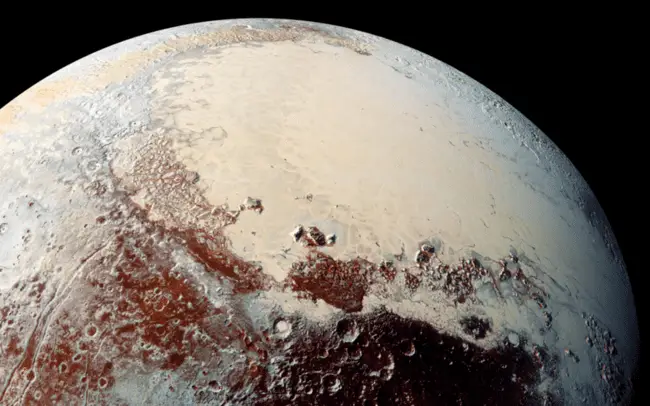
4. The Martian Rovers: Curiosity And Opportunity
Following a countrywide student naming contest that received more than 9,000 submissions through email and mail, a NASA team decided on the name Curiosity. The winning entry was provided by 12-year-old Kansas sixth-grader Clara Ma from Sunflower Elementary School in Lenexa. On Mars, both rovers made landfall. The probes also took samples of red dust and other geological rock characteristics for further study. Curiosity even has its own Instagram account, where it posts updates on its adventures.
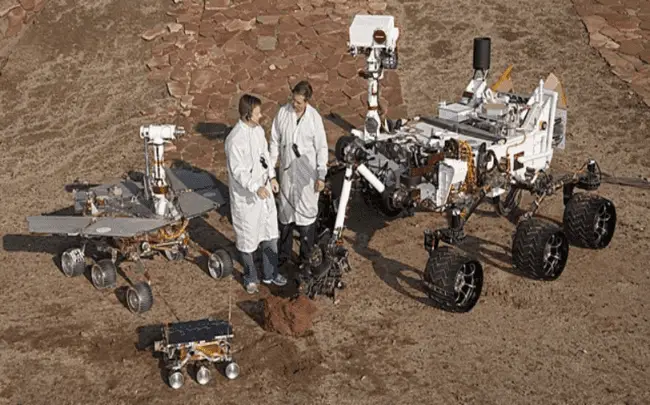
5. Exoplanets
Exoplanets, also known as extrasolar planets, are planets that exist outside of our solar system. The first possible indication of an exoplanet was discovered in 1917, although it was not given much attention. When planets were first discovered, many people thought they only existed in our solar system, but as knowledge increased, it became possible to detect exoplanets. In 1992, the first detection confirmation took place. 1988 saw the discovery of a different planet, which was verified in 2003. There are 4,001 planetary systems with 4,425 confirmed exoplanets as of 1 July 2023, 868 of which have multiple planets.
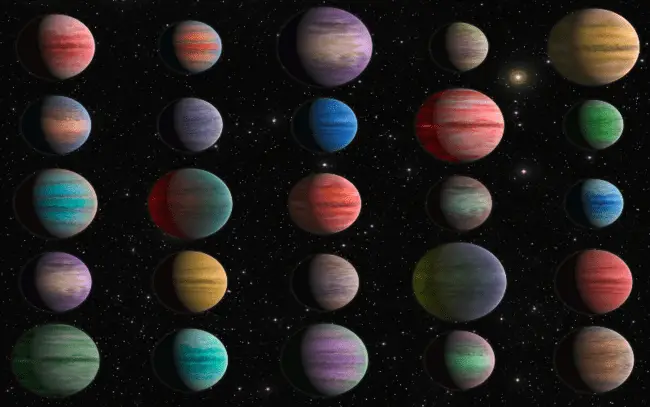
6. China And India’s Lunar Missions
Similar headlines have been generated by other countries’ attempts to carry out lunar landings this decade as Israel launched Beresheet into orbit in February of this year. The two most famous missions were India’s Chandrayaan mission, which the Indian crews finally lost contact with before it landed, and China’s voyage to the far side of the moon in 2018.
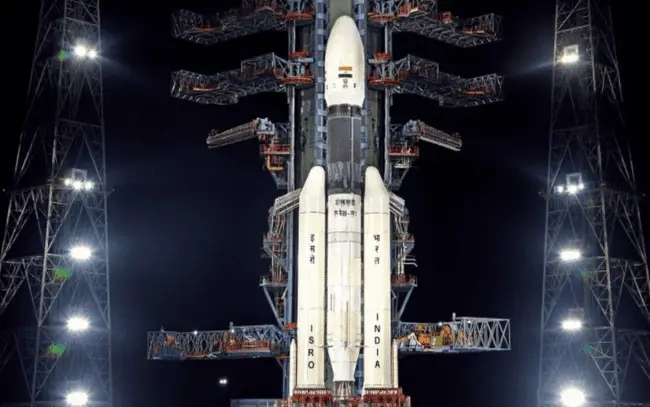
7. Katie Bouman – The First Image Of A Black Hole
American engineer and computer scientist Katherine Louise Bouman, born in 1989, specializes in computer imaging. She was a member of the Event Horizon Telescope team that made the first image of a black hole and spearheaded the creation of the Continuous High-resolution Image Reconstruction using Patch Priors (CHIRP) program for photographing black holes.

8. All-Female Spacewalk
In September 2019, NASA astronauts Christina Koch and Jessica Meir performed the first all-female spacewalk on board the International Space Station. They spent around six hours floating above our planet while snapping images and even had a call from US President Donald Trump. They also fixed battery charging equipment on board the space station.

9. Hubble Telescope Is Now 25 Years Of Age
In 1990, NASA sent the Hubble Telescope into orbit to begin capturing pictures, providing us with a window into previously unknown or little-known planets. Hubble has been used by researchers to study both the planets in our solar system and the farthest-off stars and galaxies. The greatest important development in astronomy since Galileo’s telescope occurred with the launch and deployment of Hubble in April 1990. For the past 25 years, it has kept us delighted with pictures of nebulas and an unlimited variety of astronomical events.
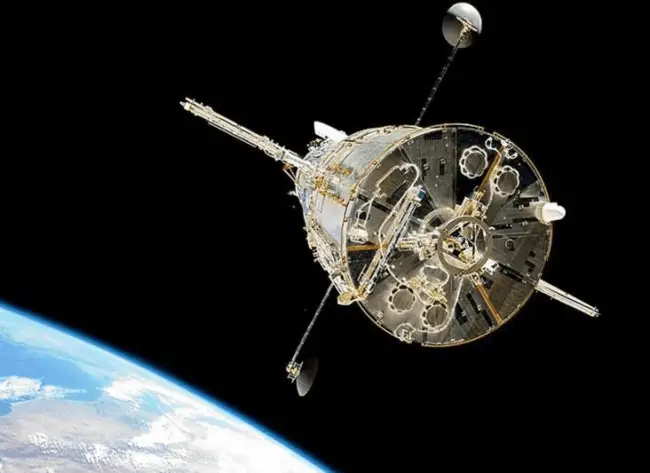
10. Earth 2.0
Kepler-452b, a super-Earth exoplanet orbiting at the inner border of the habitable zone of the sun-like star Kepler-452, is the only planet in the system that has been found. Kepler-452b is called Earth 2.0 or Earth’s cousin based on its features. It is located 1,800 light-years (550 pc) distant from Earth in the constellation Cygnus.
